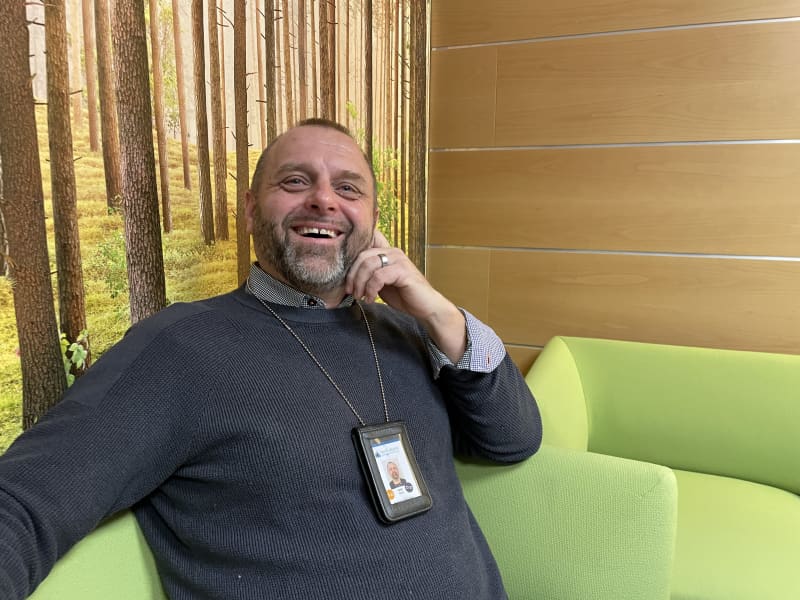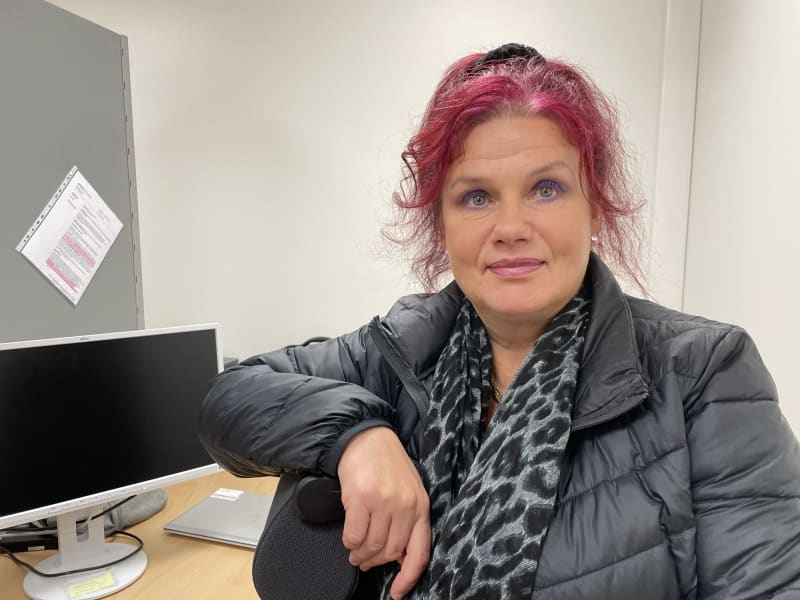
The emergency service at Päijät-Häme Central Hospital is quiet compared to many other hospitals. The region invests in care that reduces the need for elderly people, for example, to come to the emergency room.
Thursday morning is quiet in the emergency room of Päijät-Häme Central Hospital (PHKS), Acute 24. The situation was also good on Wednesday morning, with about ten patients.
This may sound like an unusual situation, as in other parts of Finland the situation in emergency services is chaotic in some places. Especially in the larger cities, the situation has become very difficult towards the end of the year.
– We can respond to the need for help in many ways. We consider in advance whether to send a traditional ambulance, a home nurse, a home health aide, a security guard or whoever.

Home hospital eases the rush in emergency services
According to Rive, there is one special feature of PHKS emergency services: a home hospital that assesses the need for treatment in homes and nursing homes.
– We make an assessment, consult a doctor and thereby save ourselves from a visit to the emergency room, the head of emergency care explains.
– He can manage at home but needs an antibiotic. When the home hospital goes to the patient, he does not take the bed ward place of special medical care.

The head of emergency care, Sami Rive, emphasizes that Lahti also has its problems. Emergency patients wait too long because there are no bed ward places in special care and no places for extended care in primary care.
– Every day has gone relatively well, although it varies. The home hospital often fills up during the weekend and the emergency department is very busy on Thursday and Friday.
The on-call service is congested about once a week
– Fortunately, we are in a slightly better situation. We have about one day a week when the emergency room is overcrowded.
After a busy night, there may be 20–30 patients in the emergency room at worst, of which up to twenty have been waiting for a place in the ward since the night before.
People waiting for follow-up care are more often the cause of overcrowding in the emergency room. According to Orre, it’s about the challenges of the entire service chain. In basic health care, the wards are full when patients have not returned home or received further treatment elsewhere. In specialized care, patients wait to be admitted to primary care.
– There are so few places in the wards that if there are people waiting in the emergency department, there are not enough free places in the wards. The situation has clearly become more difficult during the autumn, says Orre.
According to the head nurse, Päijät-Häme has not had to refer patients to other areas. The patient can get from emergency care to the department within a little over a day at the latest.
Christmas time does not cause problems in Lahti, because the hospital’s other planned activities are reduced. According to Orre, there is not a big shortage of bed ward places during the holidays, unless, for example, a flu wave hits at the same time. It doesn’t look like it now.
*You can discuss the topic* *with the Yle ID* *until Friday 23 December 2022 at 11 pm.*
